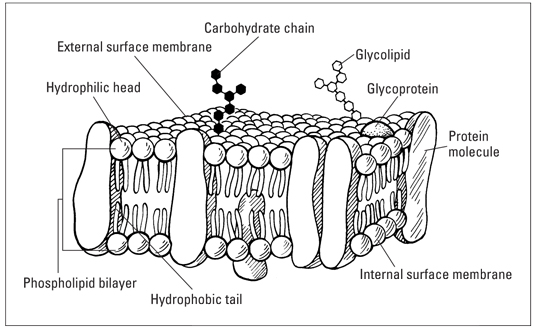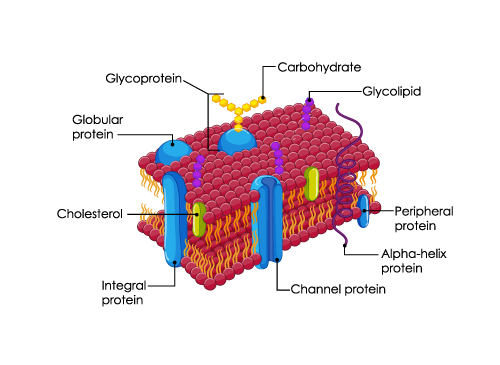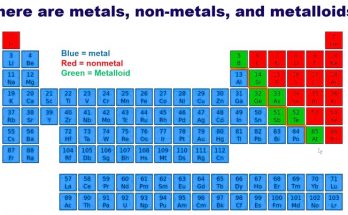Short Note on Plasma Membrane (Cell Membrane)
Table of Contents
Plasma Membrane (Cell Membrane) Definition:
An outermost envelope-like membrane or a structure, which surrounds the cell and its organelles is called the cell membrane.
Discovery:
Cell membrane was discovered by American biologists Garth L. Nicolson and Seymour Jonathan Singer.
Structure of Plasma Membrane (Cell Membrane):
- Mainly composed of carbohydrates, phospholipids, proteins, and conjugated molecules.
- About 5 to 8 nm in thickness.
- Flexible, lipid bilayer that surrounds and contains the cytoplasm of the cell.
- Based on the arrangement of molecules and the presence of certain specialized components, it is also referred to as the fluid mosaic model.
- The fluid mosaic model describes the cell membrane in detail with all its components.
- Components give a fluid appearance to the plasma membrane.
Plasma Membrane (Cell Membrane) Diagram

Functions of Plasma Membrane (Cell Membrane):
- A physical barrier between the external environment and the inner cell organelles.
- Permits the movement of only certain molecules both in and out of the cell.
- Plays an important role in both the endocytosis and exocytosis processes.
- Functions by facilitating communication and signaling between the cells.
- Plays a vital role in anchoring the cytoskeleton to provide shape to the cell and also maintain the cell potential.
Also Check – Endocytosis –Definition, Mechanism, Types, Examples
Also check – What would happen if the Plasma Membrane Ruptures or Breakdown?
Also check – 11 Difference between Cell Wall and Cell Membrane (Plasma Membrane)
Also Check – Differences and Differences Between Endocytosis and Exocytosis
Also check – Types of Transport Across Cell Membrane
Also check – 6 Important Functions of Plasma Membrane

